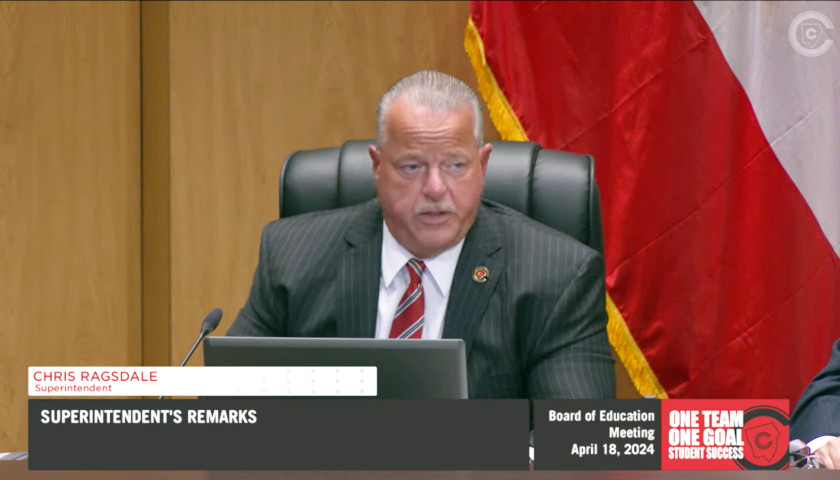According to data presented Friday to the Senate Retirement Security for Georgians Study Committee, about half of Peach State residents—and Americans generally—aren’t saving enough for retirement.
Jessica Eckman, a senior legislative representative with the American Association of Retired Persons (AARP), told the committee that about 50 percent of U.S. households are at risk of accumulating insufficient retirement savings, up from 31 percent three decades earlier.
“This doesn’t mean not being able to go on vacation, or buy a new car or visit your grandkids,” Eckman said. “It means not being able to afford the basic necessities: things like food, utilities and healthcare.”
According to AARP, while senior-citizen households receive approximately $18,000 per year from Social Security on average, food, utility and medical costs typically amount to $20,000 annually for such households.
Eckman said that, for many households, the term “insufficient” doesn’t begin to describe their savings: Many workers simply don’t save at all. She said that, as of 2018, nearly 60 percent of households had no retirement accounts of any kind. While, over 72 percent of those ages 21 to 34 had no such plans, 51.3 percent of those between 55 and 64 had no such accounts.
Eckman said that the main reason many people lack retirement savings is that they do not have access to employer-provided plans. She said that while many employers would like to implement such plans for their workers, doing so can be complicated and costly. And while workers who don’t have work-based retirement programs can open their own individual retirement accounts (IRAs), only five percent of those not covered by employer plans do so.
In this regard, Georgia ranks worse than most states, according to Eckman, who said 53 percent of Georgia’s private-sector workers—about 1.7 million people—don’t have access to an employer-provided retirement plan.
With the D.C.-based National Institute on Retirement Security ranking all states between one and 10 in terms of financial security overall, only Wyoming ranks above a nine. Georgia is one of 11 states that ranks between three and four. Other states on that list include neighboring Florida and South Carolina but also northern states like Michigan and New Jersey.
The Georgia Senate committee is considering AARP’s suggestion that the state adopt a “work-and-save” program, whereby employers could join a public-private partnership through which workers would acquire retirement accounts. The idea is predicated on neither the state or the employers incurring ongoing costs. Workers would have a choice as to whether they participate and savings accrued through work-and-save plans would be portable when a worker leaves a job.
“In today’s world, employees are changing jobs more frequently than ever before, and this can give them that peace of mind,” Eckman said.
Fourteen states have so far enacted work-and-save programs, involving over 400,000 workers.
Eckman said that all but four states and the District of Columbia have been giving some consideration so far to legislation that would enact work-and save programs.
Initial costs to states, in the form of loans that would be paid back through investment funds, vary greatly. Virginia, which has about 8.6 million residents compared with Georgia’s 10.7 million, is spending about $1.5 million to set up its work-and-save program, according to Michael Kramer, legal counsel to the Fulton County Retirement System.
But, AARP asserts, Georgia taxpayers stand to gain $291 million over 14 years through savings on public assistance that would have otherwise been paid to those with little to no savings.
Kramer concurred that Georgians could benefit in terms of public savings as well as economic growth.
“If seniors have sufficient financial savings in retirement, they have more money to spend in Georgia’s economy,” he said. “This committee is really doing the right thing by digging into this now and hopefully coming up with a plan for the legislature.”
According to Kramer, in the next 20 years, Georgia’s aging population is projected to grow significantly, while the state’s working-age population is expected to reduce in relative size.
– – –
Bradley Vasoli is a reporter at The Georgia Star News and The Star News Network. Follow Brad on Twitter at @BVasoli. Email tips to [email protected].








